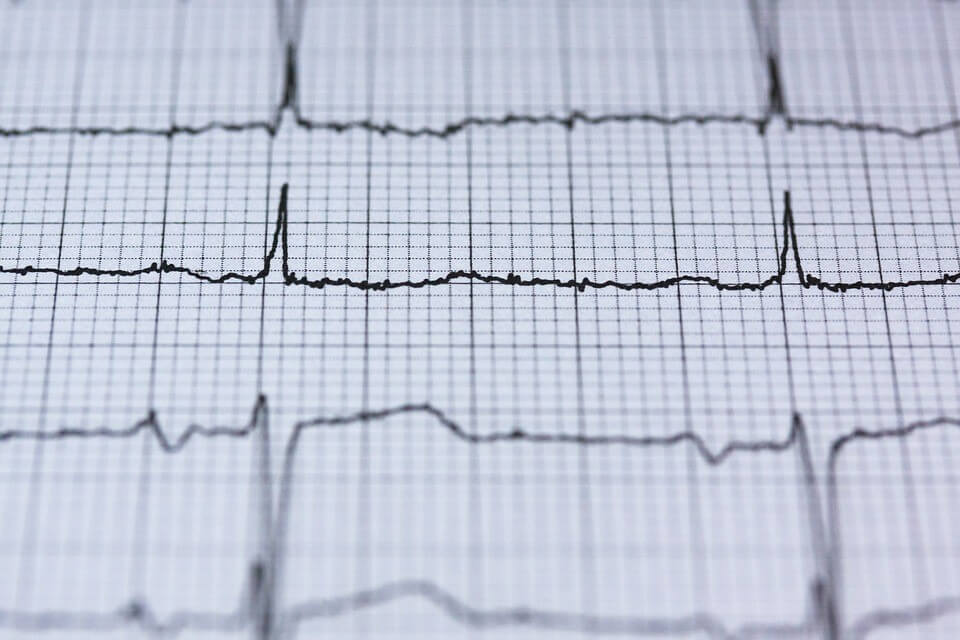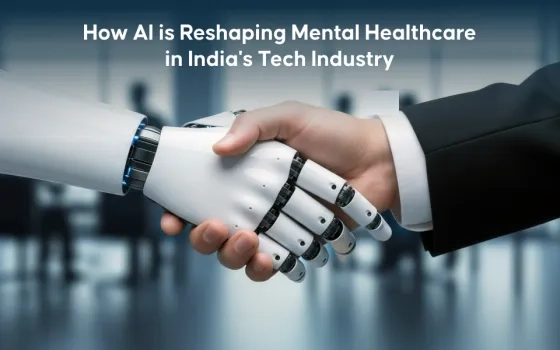Over the span of one’s life, one visits different doctors for different concerns.
Without the healthcare data, doctors begin the treatment from the naught each time, making the medical system highly inefficient.
It exposes doctors – they may issue the wrong medication without knowing the patient’s history, perform unnecessary tests, thus wasting precious time and endangering the patient’s life.
Online healthcare data saves lives.
Evolution of healthcare data
Online healthcare records enable centralized and smarter access to healthcare and save money across the entire medical ecosystem.
In India, there’s still a lack of unified healthcare record management but in developed countries, Electronic Medical Records (EMR) have changed the way traditional medical records and kept and managed.
The United States of America has been a pioneer in the field of health information management (HIM).
Officially, the health information industry exists since 1928 when the American College of Surgeons (ACOS) looked to better the medical records being created in the clinical settings. HIM trends continue making news with Electronic Health Records (EHR).
EHR are electronic medical records that focus on the complete health of the patient – going beyond clinical data in the paper charts. Doctors get to know a patient’s complete treatment and medical history just by looking at his/her EHR.
But how this EHR evolved and reached the stage where it is today.
Historical healthcare data facts
Let’s dig into the history.
#1 1962 – the year when the first EHR was created.
Dr. Lawrence Weed is credited with the development of the first EHR system. It was at that time known as a clinical information system. However, it took long for EHR to be adopted regularly in practice.
#2 1970 – the year when the government introduced EHR.
According to an article in the AMA Journal of Ethics, the federal government “began using EHR … with the Department of Veteran Affairs’ implementation of VistA, originally known as Decentralized Hospital Computer Program (DHCP)”.
#3 1980 – Concerted efforts were made to increase the use of EHR.
In the mid-1980s, the Institute of Medicine (IoM) did a study on paper record usage and the results were published in 1991, with revisions in 1997.
The report mentioned EHR, “as one of seven key recommendations for improving patient records, and to propose a means of converting paper to electronic records.”
The 80s saw a good rise in healthcare software development. MPI (Master Patient Index), a database of patient data across different departments of a healthcare organization, also saw huge success.
#4 1996 – HIPAA (Health Insurance Portability and Accountability Act) was introduced.
Today HIPAA is considered an important compliance, but it came into existence only two decades back.
As more computer systems entered the healthcare realm, Health Insurance Portability and Accountability Act were introduced to protect patients’ data.
Violation of HIPAA compliance is expensive. The penalties are based on the negligence level and can range from $100 to $50,000 per violation (or per record), with $1.5 million per year of the maximum penalty for violations of an identical provision.

#5 2004 – ONC (Office of National Coordinator) is formed
President George W. Bush, in his 2004 State of the Union Address, called for computerized health records.
Thus, the necessity to convert medical records to EHRs across the nation was felt and to this effect, Office of the National Coordinator (ONC) of Health Information Technology (IT) was formed in 2004.
#6 2009- HITECH (Health Information Technology for Economic and Clinical Health) Act was introduced
This act was introduced in the year 2009 to encourage organizations to embrace the usage of electronic records.
The aim was that all organizations should switch to electronic records by 2014, after which penalties will be issued for those still on paper records.
These penalties were, however, put down as transformation was found to be a slow and phased process. But it was an effective step in improving the EHR adoption.
It was implemented for bettering patient security and for boosting the effectiveness of HIPAA compliance.
#7 2013 – Improvements in HIPAA and HITECH
With an increasing number of hospitals adopting EHR, HIPAA and HITECH were revised and improved in 2013. There were provisions for patients having more control over their data.
HIPAA audits have helped it evolve into a comprehensive act for safeguarding patient data. Today, hospitals have to stick to strict guidelines of data security or face consequences.
Be a part of the modern healthcare future!
The amount of global healthcare data is expected to increase dramatically by the year 2020. Early estimates from 2013 suggest that there were about 153 exabytes of healthcare data generated in that year.
However, projections indicate that there could be as much as 2,314 exabytes of new data generated in 2020. Statista
Advanced use of healthcare data is impacting the healthcare industry like never before. Big data will have significant impact in the healthcare industry in the coming years as:
- Across the complete care lifecycle, data is empowering the healthcare providers and patients equally.
- New and progressive consumer brands are bringing a revolution in the healthcare sector.
- Data protection technologies like Acronis backup cloud are providing unparalleled opportunities to the healthcare brands to keep their critical medical data safe.
The digitalization of healthcare is no longer an option with the modernization of health systems. Technology has been lending a hand in delivering all services. Then there’s no reason that the healthcare industry is left behind.
Originally Published in ZNetLive
















